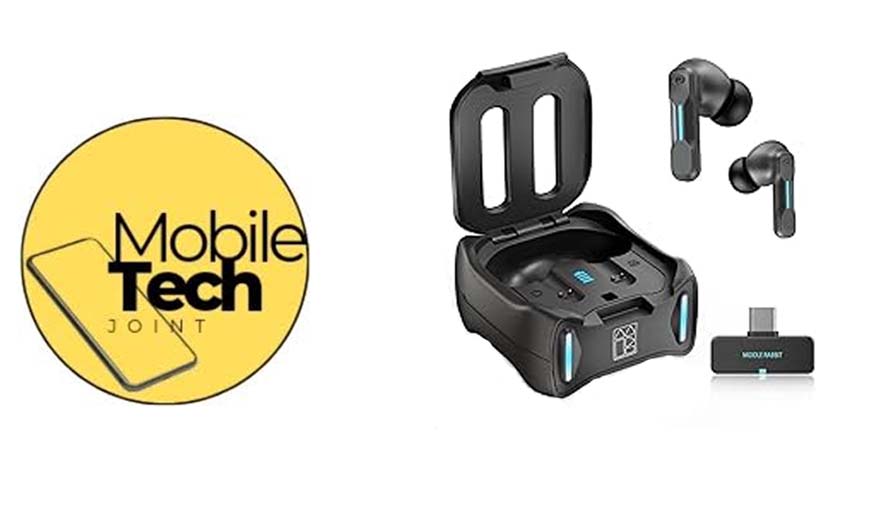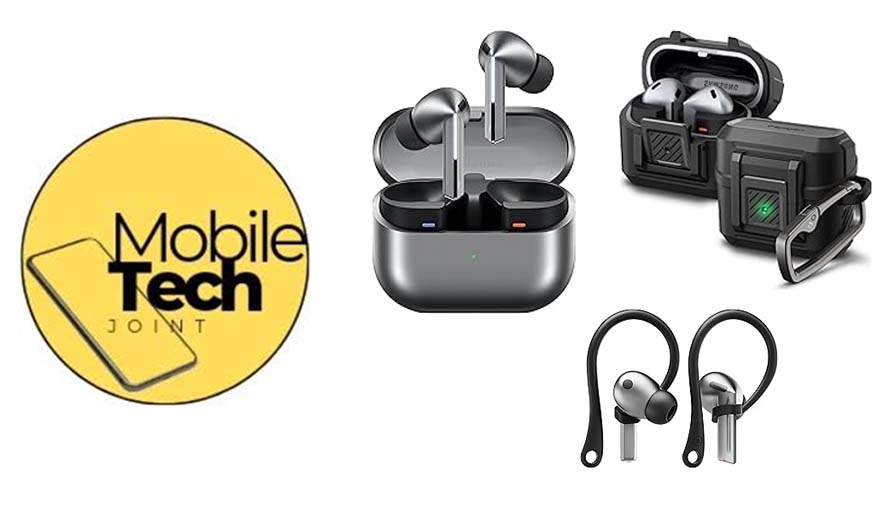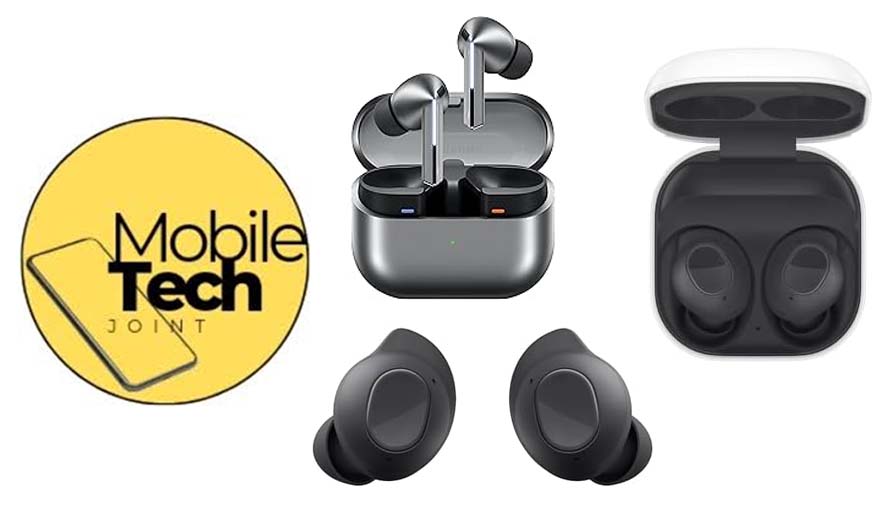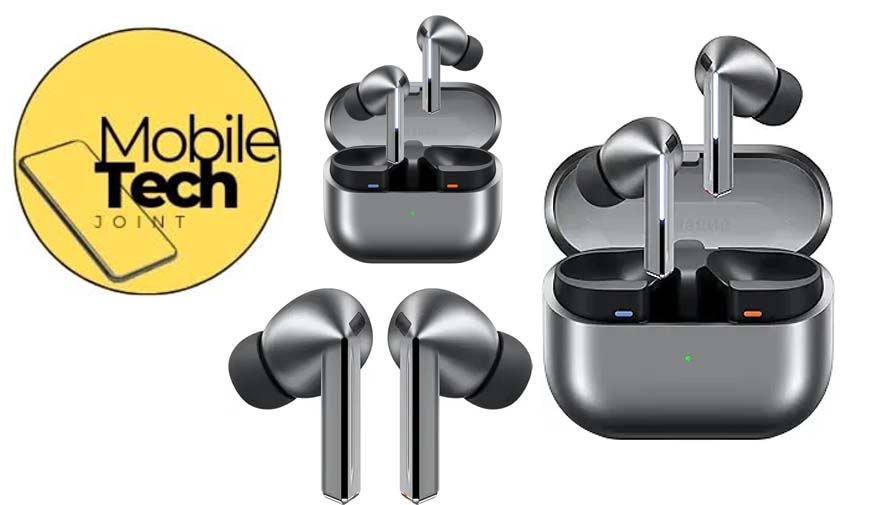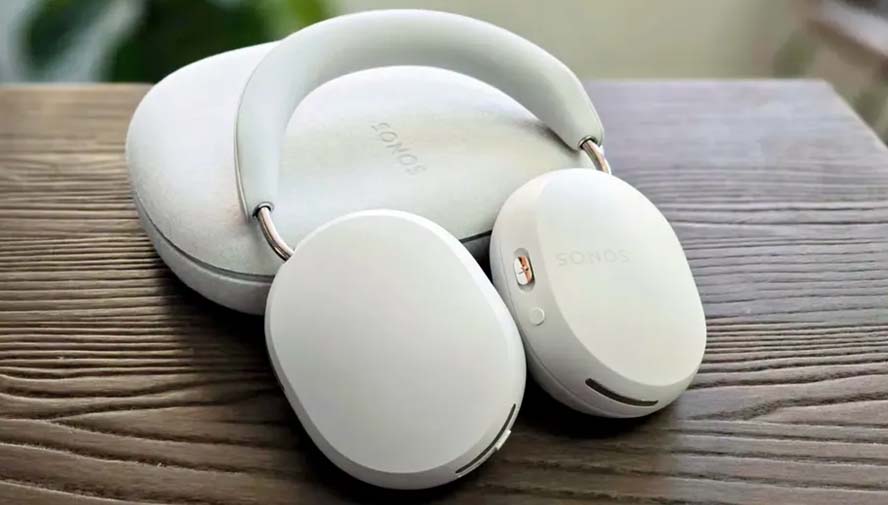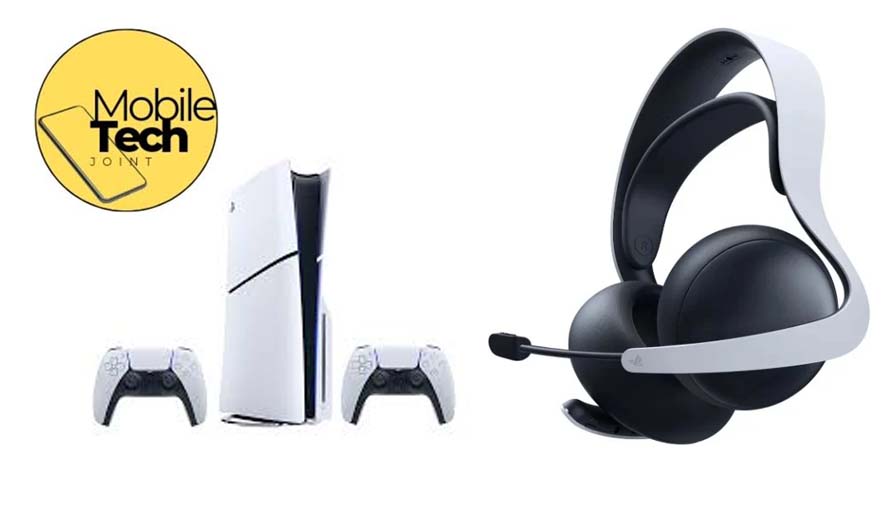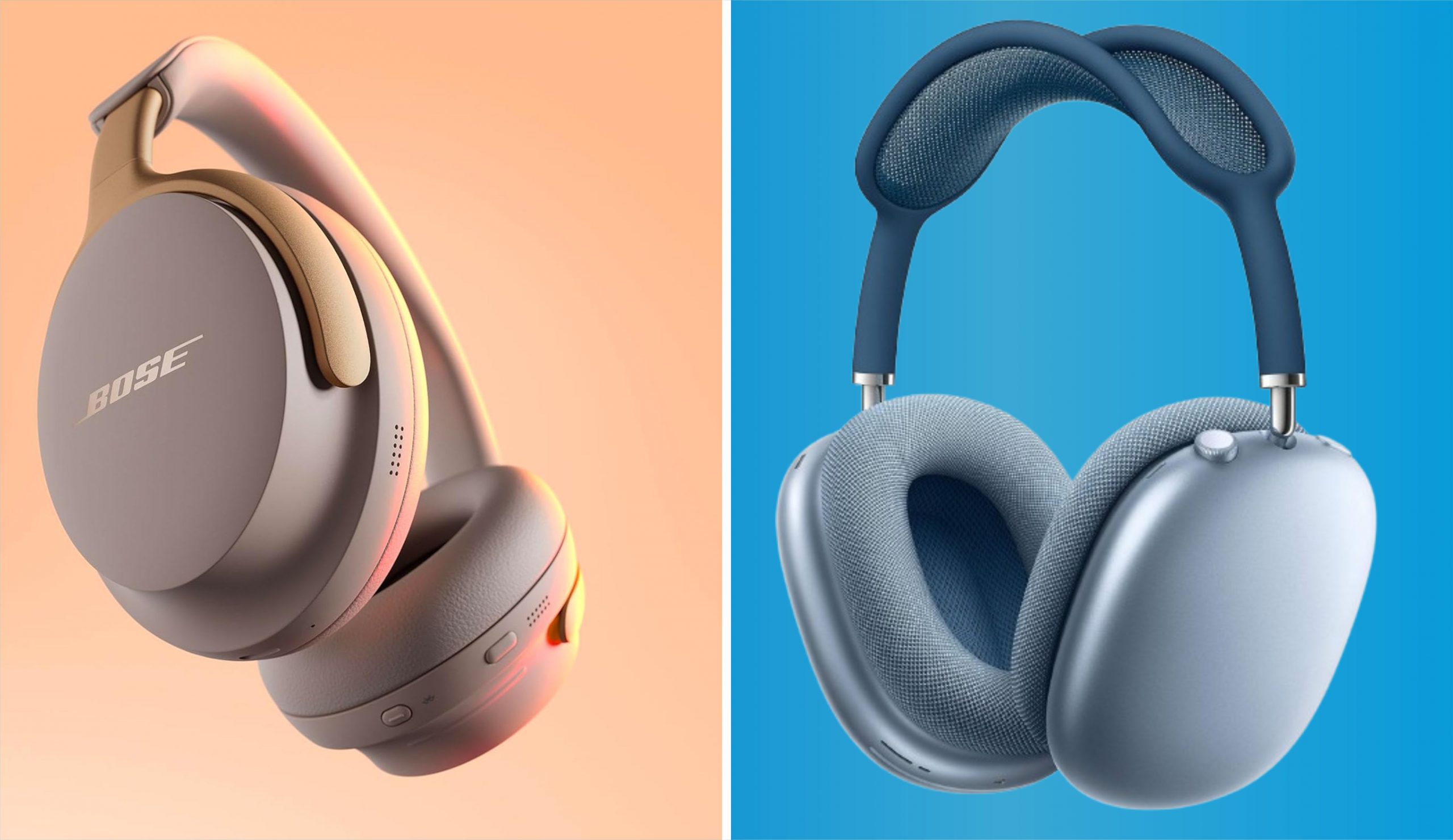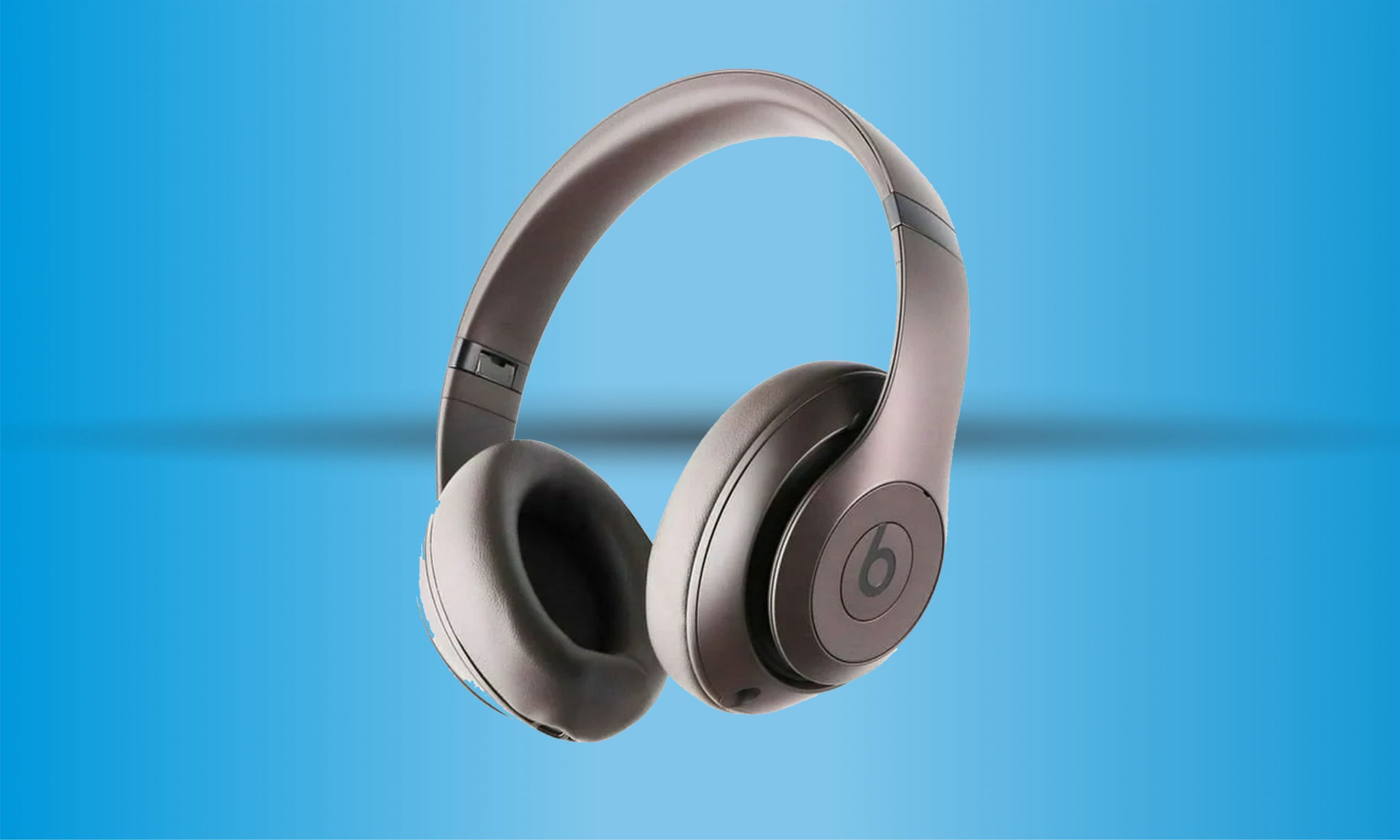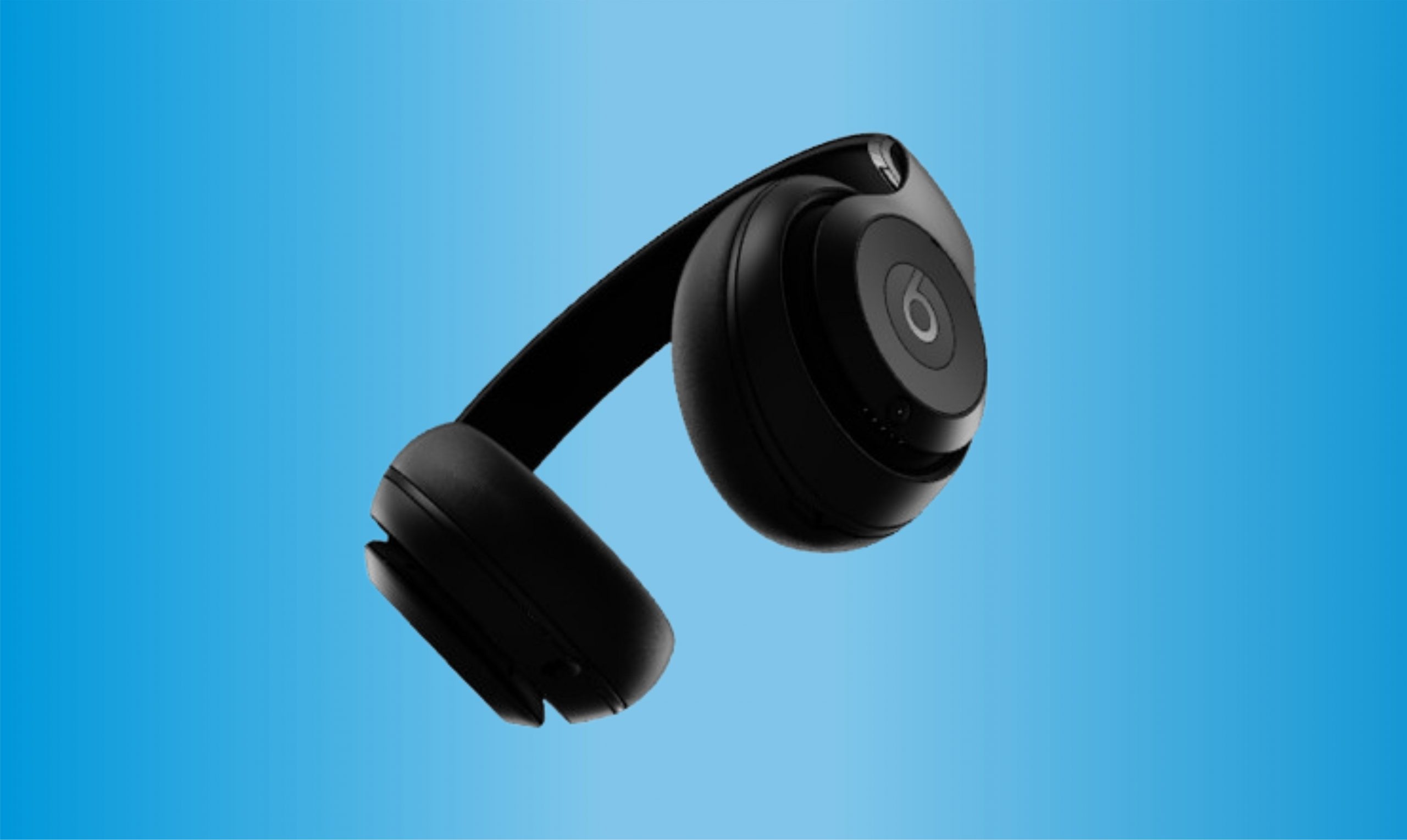AirPods have become synonymous with wireless audio convenience, revolutionizing how we engage with music, calls, and more on the go. As these sleek earbuds continue to gain popularity, understanding their lifespan or how long they last can help users know how to use them and when to replace them to ensure optimal performance. So, how long do AirPods last?
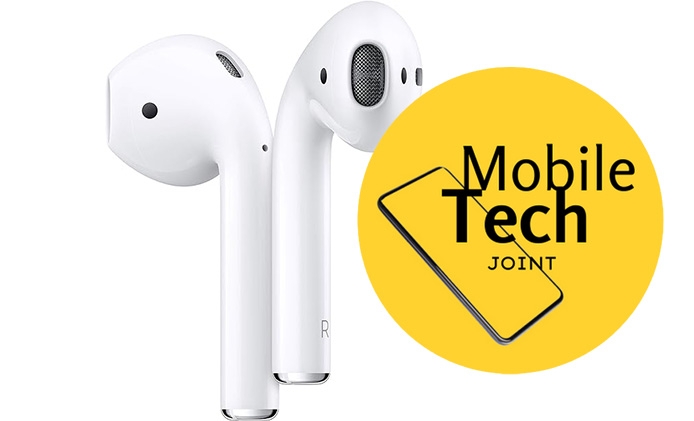 This blog post explores everything you need to know about AirPods’ lifespan, from their features and battery life to maintenance tips and upgrading options.
This blog post explores everything you need to know about AirPods’ lifespan, from their features and battery life to maintenance tips and upgrading options.
How Long Do AirPods Typically Last
In terms of the daily battery life of AirPods: AirPods typically offer around 5 hours of listening time on a single charge, with additional charges provided by the charging case extending total use to over 24 hours. Battery life can vary based on usage patterns, settings, and environmental factors.
In terms of the longevity of AirPods: The expected lifespan of AirPods is influenced by usage habits and environmental conditions. Typically, AirPods can last for about 2 to 3 years with proper care. The table below provides a detailed comparison of various AirPods models, focusing on their battery life, charging capabilities, and average lifespan reported by users.
Apple designs AirPods with lithium-ion batteries, which have a limited number of charge cycles before their capacity begins to diminish noticeably. On average, users can expect:
Table of Comparison
| AirPods Model |
Battery Life |
Charging Time |
Average Lifespan Reported |
| AirPods 1st Generation |
Up to 5 hours |
About 15 minutes for 3 hours |
2-3 years |
| AirPods 2nd Generation |
Up to 5 hours |
About 15 minutes for 3 hours |
2-3 years |
| AirPods Pro |
Up to 4.5 hours |
About 5 minutes for 1 hour |
2-3 years |
| AirPods Max |
Up to 20 hours |
About 5 minutes for 1.5 hours |
Expected longer lifespan due to premium build |
AirPods 1st Generation
Battery Life Expectancy: The AirPods 1st Generation typically offer up to 5 hours of listening time on a single charge, with the charging case extending total usage to about 24 hours. This model has been reported to maintain its battery performance well for about 2 to 3 years of regular use.
Tips for Prolonging the Lifespan: To maximize the lifespan of AirPods 1st Generation, it’s advisable to avoid exposing them to extreme temperatures, maintain regular charging cycles with breaks in between, and keep them clean from dust and debris. These practices help preserve battery health over time.
User Reviews and Experiences: User feedback generally highlights reliability in everyday use, though some early adopters have reported slight battery degradation after 2 to 3 years of heavy usage. Despite this, many users find the AirPods 1st Generation to be durable and effective for their needs.
AirPods 2nd Generation
Improvements in Battery Life: AirPods 2nd Generation maintain a similar battery life of up to 5 hours of listening time per charge, but introduce the H1 chip for faster connectivity and improved efficiency. This model also shows resilience in battery performance, lasting about 2 to 3 years under normal usage conditions.
Reported Issues with Longevity: While generally reliable, some users have noted minor decreases in battery capacity over time, echoing experiences seen with the 1st Generation. However, advancements in technology have generally improved overall longevity and user satisfaction compared to earlier models.
Comparison with 1st Generation: The introduction of the H1 chip in AirPods 2nd Generation enhances performance, including faster device switching and lower latency, providing a noticeable upgrade over the 1st Generation. This improvement contributes to a more seamless user experience and prolonged usability.
AirPods Pro
Battery Life and Durability: AirPods Pro offer around 4.5 hours of listening time with active noise cancellation enabled, and up to 24 hours with the charging case. Their durability is enhanced by an IPX4 rating for sweat and water resistance, making them suitable for active use. These earbuds typically maintain their functionality and battery life for about 2 to 3 years.
Features Affecting Lifespan: The adaptive EQ and vent system in AirPods Pro contribute not only to audio quality but also to comfort and durability. These features are designed to withstand regular use and maintain consistent performance throughout their lifespan.
Comparison with Previous Models: AirPods Pro represents a significant upgrade in sound quality and design compared to earlier models. Their improved battery efficiency and robust build quality contribute to a longer lifespan, ensuring continued satisfaction for users over several years.
AirPods Max
Battery Life and Charging Capabilities: AirPods Max offer up to 20 hours of high-fidelity audio playback on a single charge, with a quick charge feature providing approximately 1.5 hours of listening time with just a 5-minute charge. These premium headphones are built to last, with expected longevity well beyond typical earbuds.
Longevity of Premium Materials: Constructed from stainless steel and featuring memory foam ear cushions, AirPods Max are designed for durability and comfort. The use of premium materials contributes to their extended lifespan, making them a long-term investment for audiophiles.
User Feedback on Lifespan: Early adopters appreciate the build quality and robust design of AirPods Max, with many expecting them to last for several years without significant degradation in performance. Their high-end features and materials justify their price tag as a durable and reliable audio solution.
User Experiences and Feedback
Real-life user experiences provide valuable insights into AirPods’ lifespan. Users report both positive experiences with longevity exceeding expectations and challenges like battery deterioration over time. Understanding these experiences helps set realistic expectations for prospective buyers.
Signs of Aging AirPods
As AirPods age, several signs may indicate they are nearing the end of their lifespan. These signs include decreased battery life, reduced sound quality, connectivity issues, and physical wear such as worn-out ear tips or case damage.
How to Know When It’s Time to Replace AirPods
It may be time to replace AirPods when they no longer hold a charge as effectively, exhibit frequent connectivity problems, or if the audio quality noticeably declines despite maintenance efforts. Upgrading to a newer model or considering battery replacement options can restore functionality.
Tips to Extend the Battery Life of AirPods
To extend the battery life of AirPods, consider adjusting settings like volume and disabling features like active noise cancellation when not needed. Additionally, storing AirPods in their charging case when not in use and keeping the case charged can help maintain optimal battery performance.
Future advancements in technology, such as improved battery technology and enhanced durability, hold promise for extending AirPods’ lifespan. Monitoring these developments can provide insights into the future of wireless earbuds.
Conclusion
Understanding the lifespan of AirPods is essential for maximizing their value and performance. From battery life and maintenance tips to considering upgrades and alternatives, this blog post has covered key aspects to help you make informed decisions. Whether you’re a current user or considering purchasing AirPods, knowing how to care for them ensures a longer, more satisfying experience. Share your own tips and experiences to further enrich the community’s knowledge of AirPods’ longevity.
Frequently Asked Questions (FAQs)
How Long Do AirPods Last on a Full Charge?
AirPods on a full charge can provide impressive usage times, which vary slightly depending on the model. For instance, the first-generation AirPods can last up to 5 hours of listening time or around 2 hours of talk time. The second-generation AirPods offer up to 5 hours of listening time, but with improved talk time of around 3 hours. AirPods Pro, with active noise cancellation and transparency mode enabled, provide up to 4.5 hours of listening time or around 3.5 hours of talk time on a full charge. If these features are disabled, the listening time can extend to 5 hours.
How Long Do AirPods Last Before They Die?
The overall lifespan of AirPods before they begin to deteriorate significantly is generally around 2 to 3 years. This timeframe can vary based on usage patterns and care. Over time, the lithium-ion batteries in AirPods lose capacity, which results in reduced battery life per charge and the need for more frequent recharging. Heavy users may notice a decline sooner, while those who use their AirPods less frequently may find they last a bit longer.
How Long Can 100% AirPods Last?
When fully charged to 100%, AirPods typically offer the following usage times:
- First-generation AirPods: Up to 5 hours of listening time or 2 hours of talk time.
- Second-generation AirPods: Up to 5 hours of listening time or 3 hours of talk time.
- AirPods Pro: Up to 4.5 hours of listening time with active noise cancellation and transparency mode, or 5 hours with these features disabled, and around 3.5 hours of talk time.
How Long Do AirPods Last 2nd Generation?
The second-generation AirPods, introduced with improvements over the first generation, offer a solid battery life. They provide up to 5 hours of listening time on a full charge and up to 3 hours of talk time. With the charging case, users can expect up to 24 hours of listening time and 18 hours of talk time. In terms of overall lifespan, the second-generation AirPods generally last around 2 to 3 years before users might notice significant battery degradation.
How Long Do AirPods Last Without Charging?
Without the charging case, AirPods can last for the duration of their battery life per charge. For most models, this means:
- First-generation AirPods: Up to 5 hours of listening time.
- Second-generation AirPods: Up to 5 hours of listening time.
- AirPods Pro: Up to 4.5 hours of listening time with active noise cancellation and transparency mode, or 5 hours with these features disabled.
Once the battery is depleted, the AirPods will need to be placed back in the charging case to recharge. The charging case itself holds multiple additional charges, extending the total usage time before needing to be plugged in again.
Also Check:
